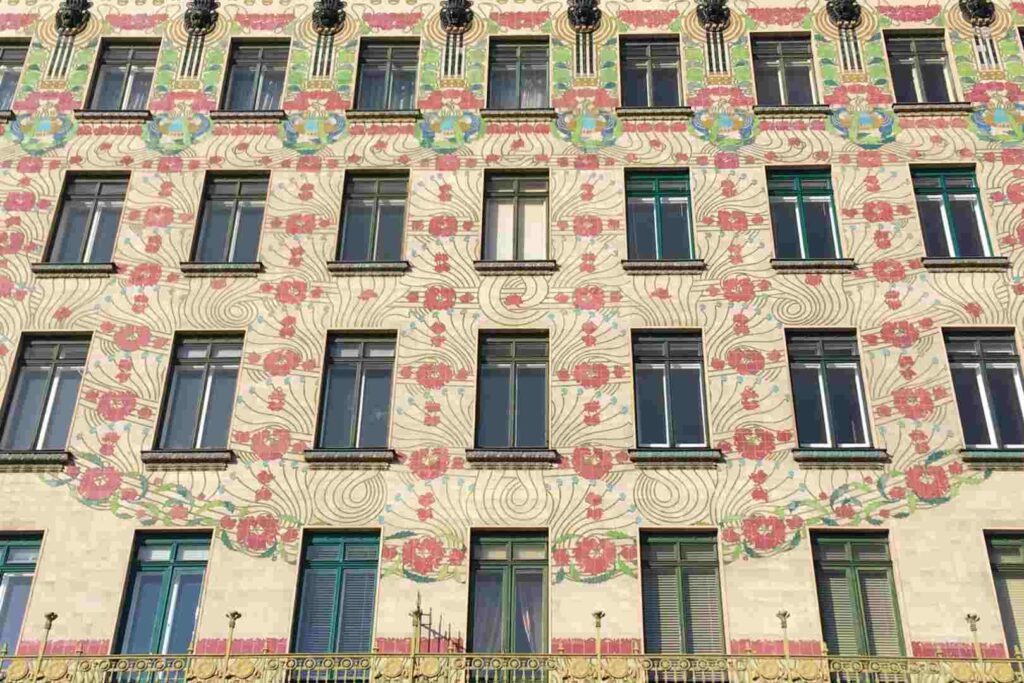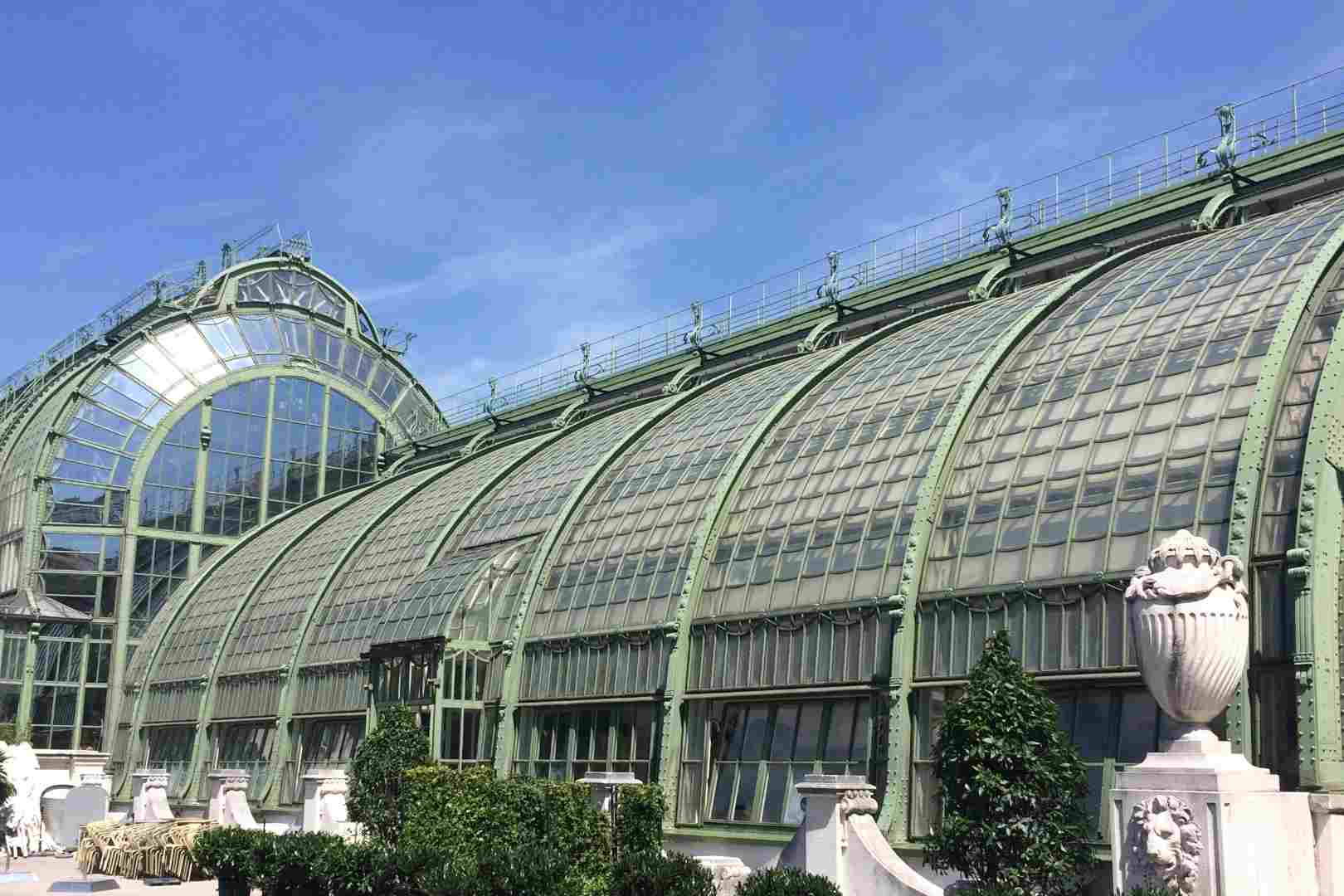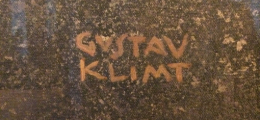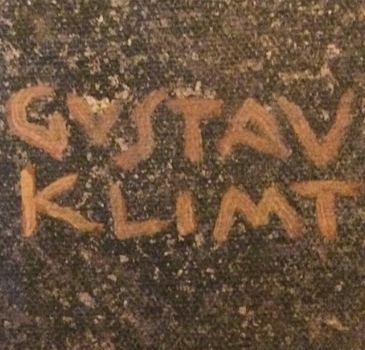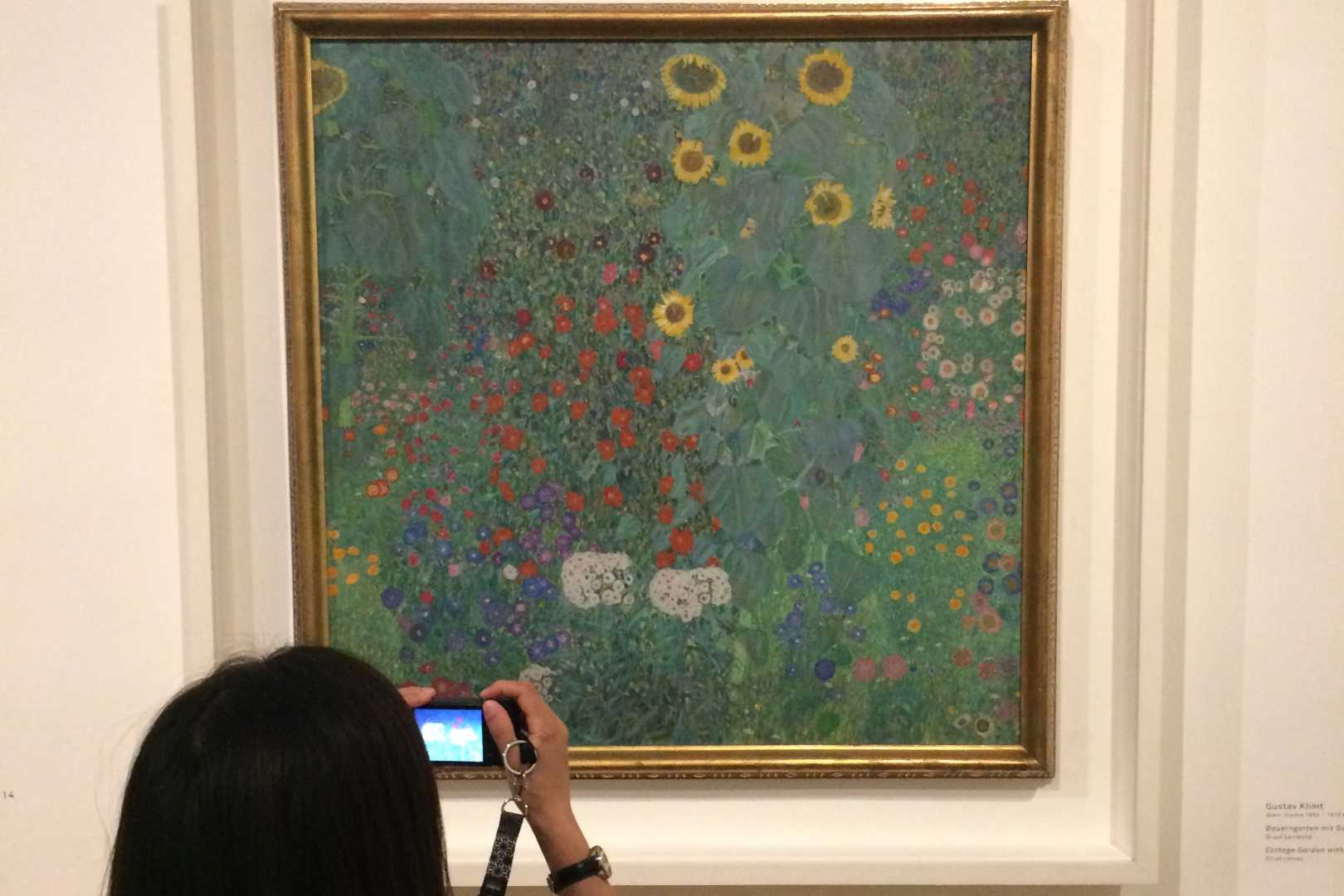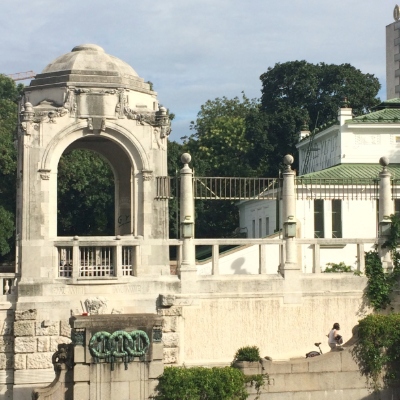A Century of Elegance: The MAK’s Historicism Art Nouveau Exhibition Celebrates Thonet’s Timeless Design.
A Masterpiece of Curatorial Vision:
At the heart of Vienna’s Museum für angewandte Kunst (MAK), a permanent exhibition continues to captivate visitors with its unique blend of historicism and Art Nouveau design. Since its installation in 1993 by American artist Barbara Bloom, the Historicism Art Nouveau collection has remained a cornerstone of the museum’s identity, offering an immersive journey into the evolution of modern furniture design—particularly through the lens of Thonet’s revolutionary bentwood creations.
Bloom’s original design for the exhibition remains largely unchanged, a testament to its enduring appeal. The space is defined by semi-transparent partition walls adorned with the silhouettes of bentwood armchairs, transforming the gallery into an ethereal homage to industrial craftsmanship. This artistic staging has made it one of the MAK’s most celebrated displays, merging aesthetic beauty with historical significance.
Thornet: The pioneer of modern furniture:
No discussion of 19th-century design is complete without Michael Thonet, the German-Austrian carpenter whose innovations reshaped furniture production. After perfecting his wood-bending technique in the 1830s, Thonet relocated to Vienna, where he patented his groundbreaking method for bending solid wood in 1856. His most iconic creation, the No. 14 Chair (1859), became a global sensation—lightweight, stackable, and affordable, it remains one of the best-selling chairs in history.
Thonet’s success lay not just in aesthetics but in industrial scalability. His factory in Moravia (now the Czech Republic) mass-produced furniture that was both elegant and accessible, marking a departure from traditional handcrafted cabinetry. By the late 1800s, Thonet’s designs were ubiquitous in cafés, homes, and public spaces across Europe and beyond.
Viennese Modernism and the Thonet Revival:
The turn of the 20th century saw Vienna’s architectural elite—Adolf Loos, Otto Wagner, and Josef Hoffmann—reimagining bentwood furniture, often collaborating with Thonet’s competitor, J. & J. Kohn. However, the 1920s brought a resurgence of Thonet’s influence, as Bauhaus architects and modernists like Marcel Breuer and Le Corbusier incorporated bentwood into their interiors.
Post-World War II, Thonet’s legacy fragmented as national branches operated independently, yet the brand’s impact endured. Today, original Thonet pieces are prized by collectors, and contemporary designers continue to draw inspiration from his work.
The MAK’s Unrivaled Collection:
The MAK’s exhibition offers a sweeping overview of 100 years of bentwood design, showcasing not only Thonet’s masterpieces but also works by rival firms. Visitors can trace the evolution from early historicist forms to the sleek geometries of Art Nouveau, gaining insight into how industrial design intersected with cultural shifts.
“This collection is more than just furniture—it’s a narrative of modernity,” says MAK curator Christoph Thun-Hohenstein. “Thonet democratized design, making beauty functional and available to the masses.”
Why this exhibition still matters:
In an era of disposable furniture and fast-fashion interiors, the Historicism Art Nouveau exhibition serves as a reminder of craftsmanship’s enduring value. Thonet’s chairs were built to last, and their presence in museums worldwide—from New York’s MoMA to London’s Victoria and Albert Museum—attests to their timelessness.
As the MAK continues to bridge past and present, this exhibition remains a must-see for design enthusiasts, historians, and anyone who appreciates the artistry behind everyday objects.
The MAK – Museum für angewandte Kunst (Museum of Applied Arts) in Vienna stands as a beacon of design, architecture, and contemporary art, bridging the gap between historical craftsmanship and avant-garde experimentation. Founded in 1863 as the Imperial Royal Austrian Museum of Art and Industry, the MAK was established under the influence of London’s Victoria & Albert Museum, with a mission to preserve and promote excellence in the decorative arts. Housed in a grand Ringstraße building designed by Heinrich von Ferstel, the museum’s collections span centuries, from medieval textiles and Baroque porcelain to Biedermeier furniture and Wiener Werkstätte masterpieces. Yet what truly sets the MAK apart is its forward-thinking approach—curators and artists frequently recontextualize historical objects through modern interventions, such as Barbara Bloom’s iconic Historicism/Art Nouveau installation or digital reinterpretations of Jugendstil patterns. The museum also serves as a laboratory for contemporary discourse, hosting exhibitions that challenge traditional boundaries, from sustainable design to AI-generated art, ensuring its relevance in an ever-evolving creative landscape.
Beyond its permanent collections, the MAK has solidified its reputation as a dynamic cultural hub, engaging with global design movements while staying deeply rooted in Vienna’s artistic heritage. The museum’s MAK DESIGN LAB exemplifies this ethos, exploring how design shapes society, from everyday objects to futuristic innovations. Collaborations with living artists, architects, and designers—such as Greg Lynn, Stefan Sagmeister, and Zaha Hadid—have resulted in groundbreaking exhibitions that merge art with technology. Additionally, the MAK’s commitment to craftsmanship and materiality is evident in its extensive holdings of Thonet bentwood furniture, Wiener Werkstätte silverware, and Klimt-era textiles, offering visitors a tactile journey through design history. The museum also extends its influence beyond its walls through the MAK Center for Art and Architecture in Los Angeles, fostering transatlantic dialogues on urbanism and creativity. Whether through its meticulously curated galleries, experimental installations, or interdisciplinary symposiums, the MAK remains a vital institution—not just preserving the past, but actively shaping the future of applied arts.
Plan Your Visit
MAK – Museum für angewandte Kunst, Stubenring 5, 1010 Vienna, Austria
www.mak.at

